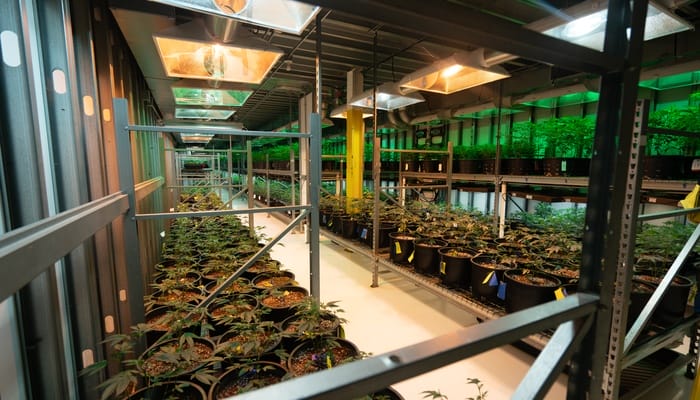Cannabis operations face distinct challenges when equipment fails unexpectedly. Unlike other industries, cannabis facilities cannot simply pause production without facing serious financial repercussions. The effects of equipment downtime on cannabis operations go far beyond the immediate cost of repairs, impacting everything from product quality to regulatory compliance.
Understanding these effects and taking preventive measures can save thousands of dollars while safeguarding your reputation in this competitive market.
Lost Revenue From Production Delays
Equipment failures halt production, creating costly gaps in your supply chain. Cannabis operations run on tight schedules to fulfill orders and maintain fresh inventory. When equipment fails, you risk missing delivery deadlines and potentially losing contracts.
Downtime is especially damaging during harvest season. Extraction equipment failures can spoil entire batches, and packaging breakdowns create bottlenecks that delay product launches.
Product Quality Compromises
Faulty climate control, curing, or extraction equipment can directly affect the consistency and potency of your product. For example, temperature changes can stress plants and decrease cannabinoid production. With malfunctioning equipment, this can lead to substandard extracts that fail laboratory tests.
These quality issues can result in expensive recalls and damage your brand’s reputation, potentially losing customer trust for good.
Regulatory Compliance Risks
Cannabis facilities must maintain strict environmental controls and documentation to satisfy state regulations. Equipment failures can lead to compliance violations that result in inspections, fines, or license suspensions. HVAC system failures might cause humidity levels to exceed permitted ranges, while malfunctioning security equipment could violate surveillance requirements.
It’s important to keep your seed-to-sale tracking systems current, as they rely on functioning scales, scanners, and computer networks. Equipment failures can lead to the loss of traceability data, which regulators need for compliance audits.
Increased Labor Costs and Overtime
Equipment breakdowns often necessitate emergency repairs during off-hours, resulting in expensive overtime pay for maintenance staff and technicians. Production delays force scheduling changes that disrupt everyday workflows and require additional staffing to catch up on missed quotas.
Manual workarounds for failed automation increase labor requirements. Hand-trimming operations to replace broken trimming machines can triple processing time and labor costs per pound of finished product.
Emergency Repair Expenses
Emergency repairs are always more expensive than scheduled maintenance. Service calls, overnight parts shipping, and premium technician rates can quickly turn a simple component replacement into a significant cost. Cannabis equipment often requires specialized components, resulting in higher prices and longer lead times.
The financial impact of equipment downtime on cannabis operations intensifies when repairs necessitate facility shutdowns or the disposal of product. These emergencies drain cash reserves and disrupt long-term financial planning.
Customer Relationship Damage
Equipment failures can cause product shortages for dispensaries, leading retail partners to seek other suppliers and jeopardizing wholesale relationships. In a competitive industry with many brand options, reliability is a key advantage.
This makes essential maintenance for heavy equipment crucial for cannabis operations. Proactive care, particularly for specialized equipment, is the most effective way to prevent costly breakdowns and ensure optimal performance.
Prevention Strategies That Work
Daily equipment inspections prevent shutdowns. Check fluid levels, clean filters, and document any unusual performance. Schedule maintenance based on manufacturer guidelines and operating hours, rather than relying solely on calendar dates.
Consider installing backup systems for essential equipment, such as climate control and extraction pumps, to ensure uninterrupted operations. Although it requires upfront investment, this redundancy helps prevent expensive production halts.
Focusing on proactive maintenance improves product quality, ensures regulatory compliance, and maintains smooth operations, resulting in higher customer satisfaction and a competitive advantage.







